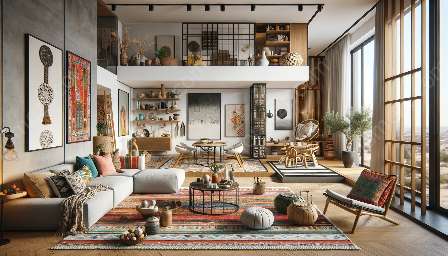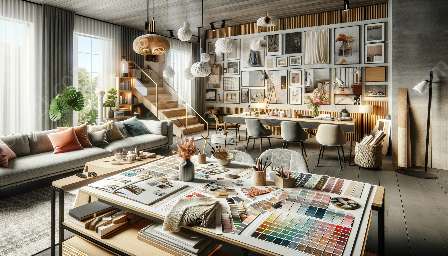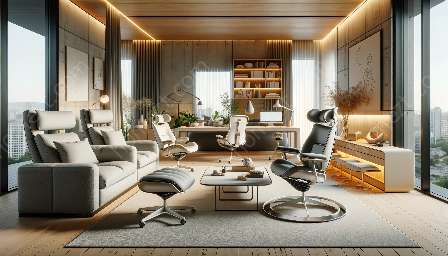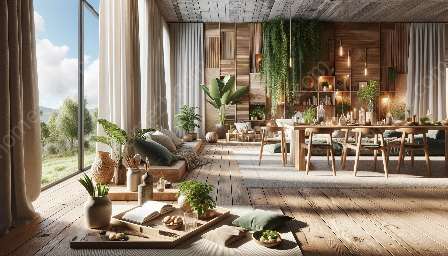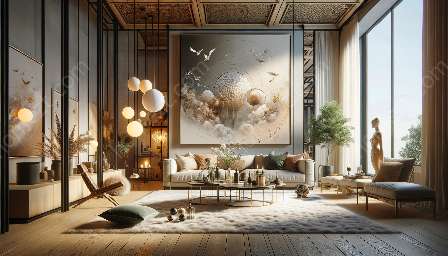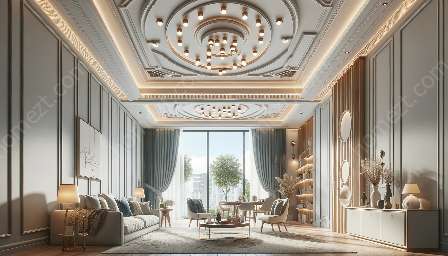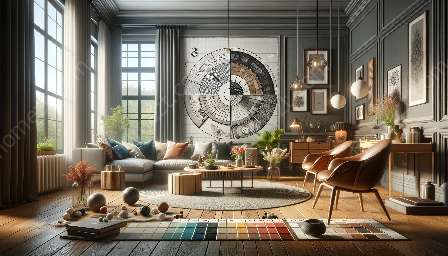When it comes to interior design and home improvement, integrating sustainable practices can elevate both the aesthetics and eco-friendliness of living spaces. In this comprehensive guide, we delve into sustainable design principles, materials, and strategies that align with both interior design and home improvement, offering practical and inspiring insights for environmentally-conscious homeowners and design enthusiasts.
Understanding Sustainable Design
Sustainable design, also known as green design or eco-design, focuses on creating products, buildings, and living spaces that minimize negative impacts on the environment while enhancing the health and well-being of occupants. When applied to interior design and home improvement, sustainable design principles encompass various aspects, including materials, energy efficiency, waste reduction, and indoor environmental quality.
Eco-Friendly Materials and Finishes
One of the fundamental aspects of sustainable interior design and home improvement is the selection of eco-friendly materials and finishes. This can include utilizing reclaimed wood, bamboo, cork, and recycled metals for furniture, flooring, and decor. Furthermore, opting for non-toxic paints and finishes can contribute to better indoor air quality and reduce harmful off-gassing.
Energy-Efficient Solutions
Integrating energy-efficient solutions into interior design and home improvement projects can significantly reduce the environmental footprint of a living space. This may involve installing LED lighting, improving insulation, and incorporating smart home technologies for better energy management and conservation.
Waste Reduction and Recycling
Implementing strategies to reduce waste and promote recycling is essential for sustainable interior design and home improvement. This can involve repurposing existing furniture and materials, as well as incorporating recycling facilities into the design of the home. Creative upcycling and reusing old items can add unique character to the space while minimizing environmental impact.
Biophilic Design and Indoor Air Quality
Biophilic design, which focuses on integrating nature into the built environment, plays a vital role in sustainable interior design. Incorporating indoor plants, natural ventilation, and sustainable landscaping not only enhances aesthetic appeal but also improves indoor air quality and the overall well-being of inhabitants.
Practical Sustainability Strategies for Home Improvement
When embarking on home improvement projects, it's crucial to consider sustainable strategies that go beyond aesthetics. From efficient water management in kitchens and bathrooms to the integration of renewable energy sources, such as solar panels, there are numerous ways to make homes more sustainable while enhancing their functionality and value.
Creating Aesthetically Pleasing Sustainable Spaces
Contrary to common misconceptions, sustainable design can be visually stunning and highly appealing. By embracing natural elements, earthy tones, and timeless design principles, it's possible to achieve a perfect balance between sustainability and aesthetics. This approach not only results in beautiful living spaces but also contributes to the longevity and timelessness of interior design and home improvement.
The Future of Sustainable Interior Design and Home Improvement
As environmental awareness continues to grow, the future of sustainable interior design and home improvement looks promising. Advancements in eco-friendly materials, renewable energy technologies, and sustainable building practices are poised to revolutionize the way we approach design and construction, paving the way for a more sustainable, healthier, and visually appealing living environment for generations to come.
Conclusion
Embracing sustainable design practices within the realms of interior design and home improvement offers a plethora of benefits, ranging from environmental conservation and resource efficiency to enhanced aesthetics and occupant well-being. By integrating sustainable principles, materials, and strategies into design projects, homeowners and design professionals have the opportunity to create harmonious, eco-friendly, and visually captivating living spaces that stand the test of time.
